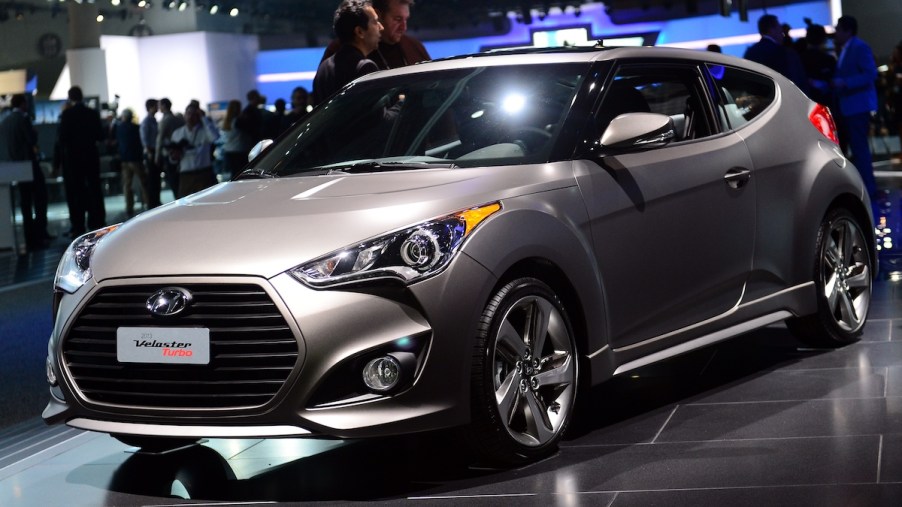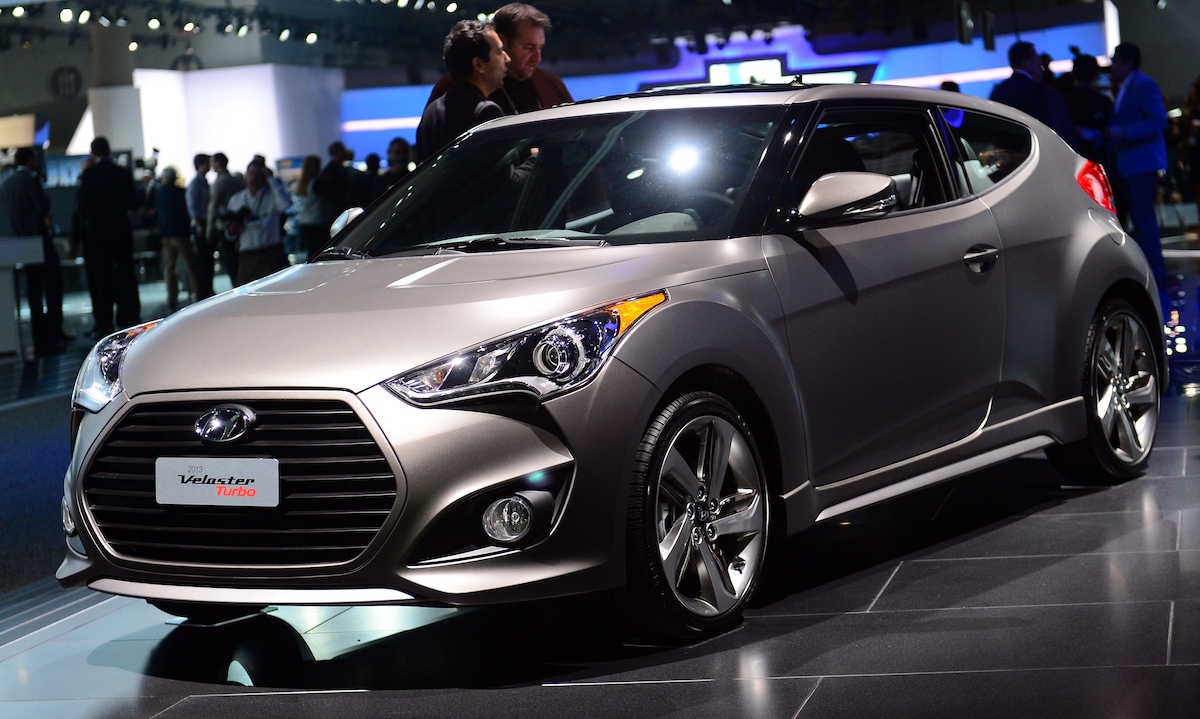
RIP: All of the Cars We Said Goodbye to in 2021
This year has been a challenge for the automotive industry. With the chip shortage and supply chain issues, manufacturers have had to pause production on some cars and discontinue others to meet the demand for the best-selling vehicles.
So, which models are retiring? According to Jalopnik, there are quite a few.
Ford EcoSport
This is one discontinued car that most consumers won’t miss. Though the Ford EcoSport was affordable and decent-looking, it didn’t offer much compared to similar models on the market.
Its low reliability rating, jittery ride, and small cargo area knock it down several points. Add to that a weak powertrain, and this subcompact crossover failed to impress.
Hyundai Veloster (minus the N model)

Hyundai has dropped the Hyundai Veloster except for the N model. The automaker is scaling back on this sports car to expand its Venue and Kona SUV offerings.
Plus, sales just weren’t up to snuff anymore. They’ve been declining since 2019, and as of this year, the Veloster has sold barely over 1,500 units.
Honda Clarity
It isn’t much of a surprise to see this model among the discontinued cars because the Honda Clarity lost its battery-electric model in 2020. Now it’s time for hydrogen-fueled and plug-in hybrid versions. The Japanese plant in Sayama will reportedly shut down in March 2022.
Toyota Land Cruiser
This is one of the biggest surprises among 2021’s discontinued cars. At a time when off-road SUVs are wildly popular, the Land Cruiser is bowing out of the production line. Toyota will still produce this body-on-frame beast but sell it only in other countries, not on U.S. soil.
It is on the expensive side, which might contribute to the fact that sales figures have been dismally low for this true SUV.
BMW i3
Some critics believe the BMW i3’s demise was expected. This small hatchback with half-sized doors just looks odd. Plus, its electric range doesn’t even come close to rivals. With only 80 miles on a full charge, the i3 can’t meet the demands of American drivers.
Mazda CX-3
One of Mazda’s subcompact SUVs, the CX-3 isn’t bad. The issue, though, is that the automaker sold it for two years alongside the similarly named CX-30, which garnered more attention than the older CX-3. Both crossovers are similar in size and features, but the newer CX-30 will continue, while the CX-3 retires.
Mazda6
This solid midsize sedan hasn’t seen many changes since 2014, but the smaller Mazda3 is getting more attention. The loss of the Mazda6 means the brand will have only two vehicles that are not crossover SUVs.
However, some experts believe this sedan might return in a year or two under a different name and that its discontinuation announcement is a formality of sorts for now due to the CX-3’s departure.
Volkswagen Golf (except the GTI and R models)
Volkswagen is pulling back the Golf. The only models that will continue are the GTI and the R. In fact, the model began dying earlier in 2021. It’s somewhat surprising, but because SUVs, EVS, and crossovers have quickly gained ground in the industry, it makes sense to discontinue this car.
Volkswagen Passat
About a decade ago, Volkswagen brought in the Passat to compete with the Toyota Camry and Honda Accord. But that’s close to ending now. The VW assembly line will switch to producing the ID.4 instead. Volkswagen will continue to make the Passat, but it will be sold only in other countries.
Hyundai Ioniq Electric
This fully electric model is on the way out, but PHEV and the hybrid versions will continue. As Jalopnik points out, the Ioniq EV is not exactly what you would call memorable. But, that’s OK because the Ioniq 5 is coming, and it promises to outshine the EV.
Rolls-Royce Dawn and Wraith
Rolls-Royce will say goodbye to the Wraith and the Dawn on American shores. The European market will get to buy it for another year. The Wraith has a long history with Rolls-Royce, and its sales have been solid. But the reason for letting it go pertains to its issues with U.S. regulations.
Polestar 1
Polestar never planned to make the Polestar 1 an ongoing production vehicle. The brand announced it would make only 1,500 units. Of the models produced, only 375 came to the American market. While the Polestar 1 is on its way out, the Polestar 2 is on its way in.
Alas, many models are leaving the market in 2021. But each brand has other vehicles ready to fill in the gaps in the lineups. Some of those retiring will be missed, and others not so much.


